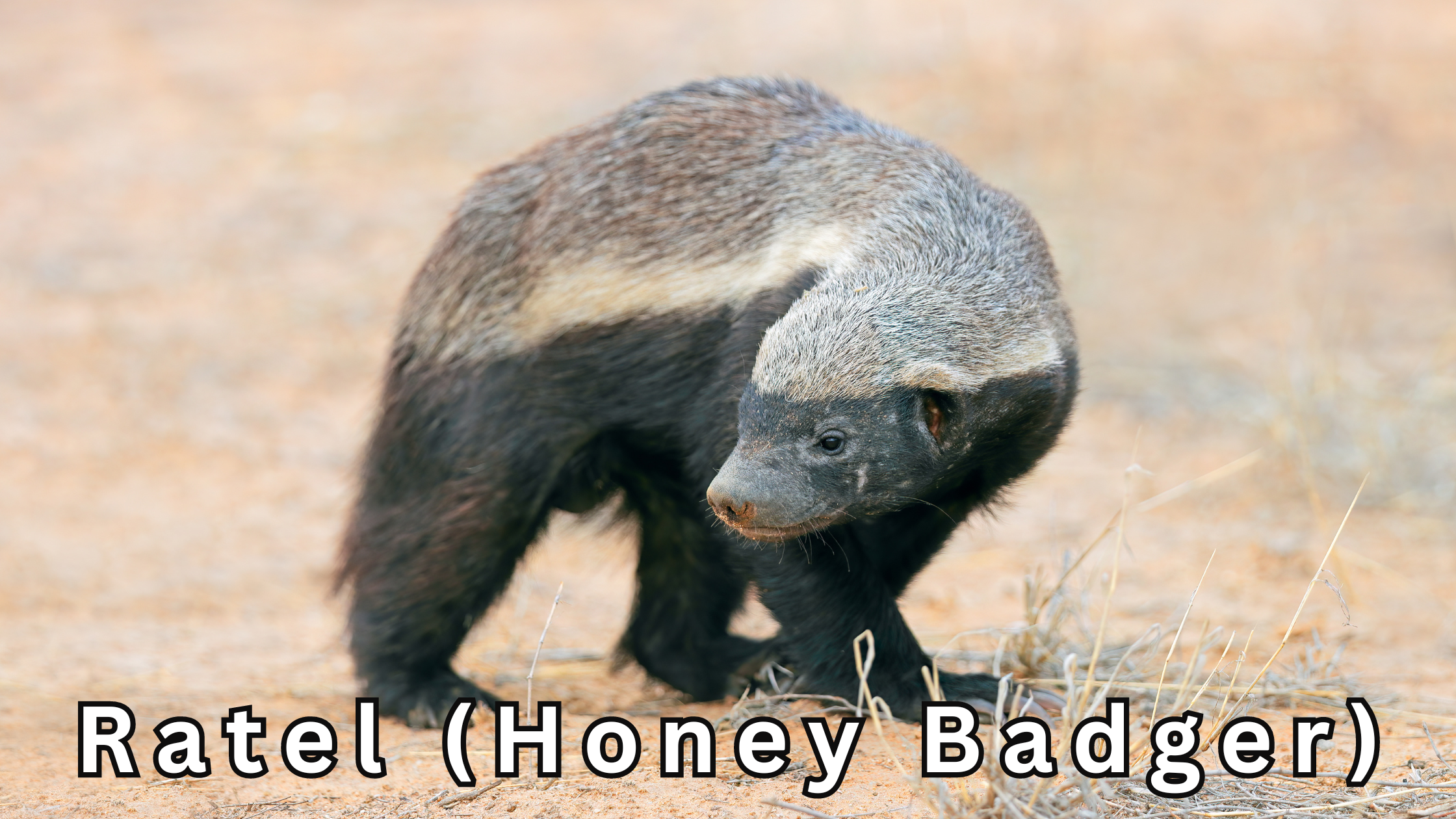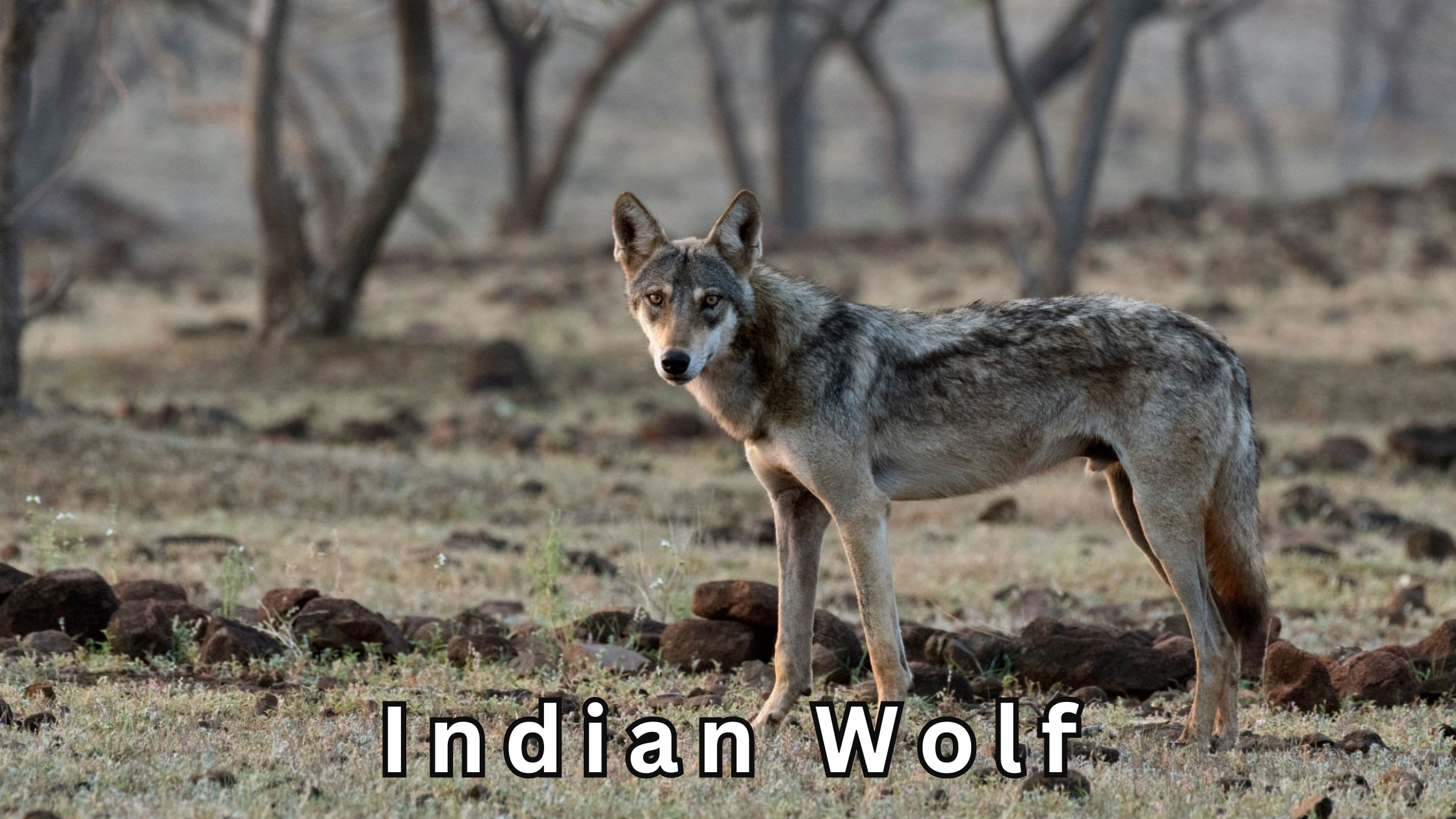Bandh Baretha Wildlife Sanctuary, now expanded to 368.5 square kilometers, is a biodiversity hotspot situated between Bharatpur and Karauli districts. The sanctuary now includes vital habitats like Masalpur Karauli Forest Range, ensuring the conservation of iconic species like the majestic Tigers & Leopards. Along its boundaries, from Bajna to Naharoli, vital corridors connect diverse ecosystems, facilitating wildlife movement and bolstering conservation efforts. Amidst its varied terrain, elusive tigers & leopards roam, captivating lucky observers. The sanctuary’s dense forests and rocky outcrops provide ideal tiger & leopard habitat.
A thrilling journey through the diverse wildlife sanctuary of Bandh Baretha, where every corner holds a treasure trove of fascinating creatures. From the elusive Caracal and graceful Chinkara to the majestic Chital and cunning Indian Fox, the sanctuary teems with life at every turn. Keep your eyes peeled for the rare Indian Pangolin and the vulnerable Sloth Bear, as you immerse yourself in the wonder of nature’s beauty and biodiversity. With patience and a keen eye, you may just catch a glimpse of these elusive predators, adding an unforgettable thrill to your wildlife adventure.
Mammals found in Bandh Baretha Wildlife Sanctuary | |
1 | Tiger |
2 | Leopard |
3 | Ratel (Honey Badger) |
4 | Chinkara (Indian Gazelle) |
5 | Chital (Spotted Deer) |
6 | Indian Pangolin |
7 | Caracal |
8 | Leopard-Cat |
9 | Desert Hare |
10 | Long-eared Hedgehog |
11 | Striped Hyena |
12 | Jackal |
13 | Langur (Common) |
14 | Indian Grey Mongoose |
15 | Monkey |
16 | Indian Fox |
17 | Indian Crested Porcupine |
18 | Indian Wild Boar |
19 | Sambar |
20 | Grey Musk Shrew |
21 | Wolf |
22 | Sloth Bear |
23 | Jungle Cat |
24 | Blue Bull (Nilgai) |
1. Tiger: As one of the apex predators in Bandh Baretha Wildlife Sanctuary, the tiger roams the dense forests and grasslands with majestic grace. While sightings of tigers are rare due to their elusive nature, their presence in Bandh Baretha serves as a reminder of the sanctuary’s importance as a protected habitat for endangered species.


2. Leopard: Stealthy and elusive, leopards are skilled hunters that stalk the forests of Bandh Baretha with silent precision. Their spotted coats provide excellent camouflage, allowing them to blend seamlessly into their surroundings as they hunt for prey. Leopards are solitary creatures, preferring to hunt alone under the cover of darkness.


3. Ratel (Honey Badger): Fearless and tenacious, Ratels are skilled predators and scavengers, capable of taking on much larger animals with their powerful jaws and sharp claws.


4. Chinkara (Indian Gazelle): Graceful and fleet-footed, Chinkaras are a common sight in the sanctuary’s grasslands, where they traverse the terrain with effortless grace, their slender horns adding to their elegance.


5. Chital (Spotted Deer): With their striking spotted coats and graceful movements, Chitals are one of the sanctuary’s most iconic inhabitants. They gather in herds and can often be seen grazing in open clearings.


6. Indian Pangolin: Among the sanctuary’s most elusive inhabitants, Indian Pangolins are armored mammals that feed primarily on ants and termites, their unique scales providing protection from predators.


7. Caracal: Known for their slender build and tufted ears, Caracals are skilled hunters capable of taking down prey much larger than themselves. Their solitary nature adds an air of mystery to the sanctuary’s landscape.


8. Leopard-Cat: These elusive felines, resembling a miniature version of their larger cousins, the leopards, inhabit the sanctuary’s forests, where they hunt small rodents and birds under the cover of darkness.


9. Desert Hare: Found darting among the dunes and scrublands, Desert Hares are well-adapted to the harsh desert environment, their long ears and agile legs helping them evade predators.


10. Long-eared Hedgehog: Nocturnal and secretive, Long-eared Hedgehogs emerge at night to forage for insects and vegetation, their distinctive spines offering protection from potential threats.


11. Striped Hyena: Skulking in the shadows of the sanctuary’s rocky outcrops, Striped Hyenas are formidable scavengers, feeding on carrion and small prey.


12. Jackal: With their keen sense of smell and sharp teeth, Jackals are skilled hunters and scavengers, playing a vital role in the ecosystem as both predators and scavengers.


13. Langur (Common): These arboreal primates, with their long tails and expressive faces, add a sense of dynamism to the sanctuary’s canopy, where they forage for leaves and fruits.


14. Indian Grey Mongoose: Agile and alert, Indian Grey Mongooses are skilled hunters, preying on snakes, rodents, and insects in the sanctuary’s grasslands and woodlands.


15. Monkey: Bandh Baretha is home to several species of monkeys, including Rhesus Macaques and Hanuman Langurs, which can often be seen frolicking in the treetops.


16. Indian Fox: Agile and adaptable, Indian Foxes are skilled hunters, preying on small rodents and birds in the sanctuary’s varied habitats. Their reddish fur blends seamlessly with the landscape.


17. Indian Crested Porcupine: With their formidable quills and sturdy build, Indian Crested Porcupines are a sight to behold in the sanctuary’s rocky terrain, where they forage for roots and tubers.


18. Indian Wild Boar: With their stout bodies and distinctive tusks, Indian Wild Boars roam the sanctuary’s scrublands and woodlands in search of food, often foraging for roots and fruits.


19. Sambar: The largest deer species in India, Sambar are majestic creatures often seen grazing in the sanctuary’s lush meadows, their impressive antlers adding to their regal appearance.


20. Grey Musk Shrew: Small but resilient, Grey Musk Shrews scurry among the leaf litter of the sanctuary’s forests, feeding on insects and small invertebrates.


21. Indian Wolf: Elusive and solitary, Wolves are apex predators in the sanctuary, playing a crucial role in maintaining the balance of the ecosystem.


22. Sloth Bear: Although vulnerable, Sloth Bears are occasionally encountered in Bandh Baretha, where they forage for insects and fruits in the sanctuary’s forests.


23. Jungle Cat: Agile and elusive, Jungle Cats prowl the dense undergrowth of Bandh Baretha, preying on small mammals and birds with their sharp claws and keen senses.


24. Blue Bull (Nilgai): The largest antelope species in Asia, Blue Bulls are a common sight in Bandh Baretha. With their robust build and distinctive blue-gray coloration, they are a testament to the sanctuary’s diverse fauna.


As visitors explore the sanctuary’s diverse habitats, they are treated to a mesmerizing array of mammalian life, each species contributing to the unique tapestry of biodiversity found within its boundaries. From the graceful movements of Chitals to the stealthy prowling of Caracals, every encounter with these magnificent creatures is a testament to the sanctuary’s importance as a haven for wildlife conservation.



